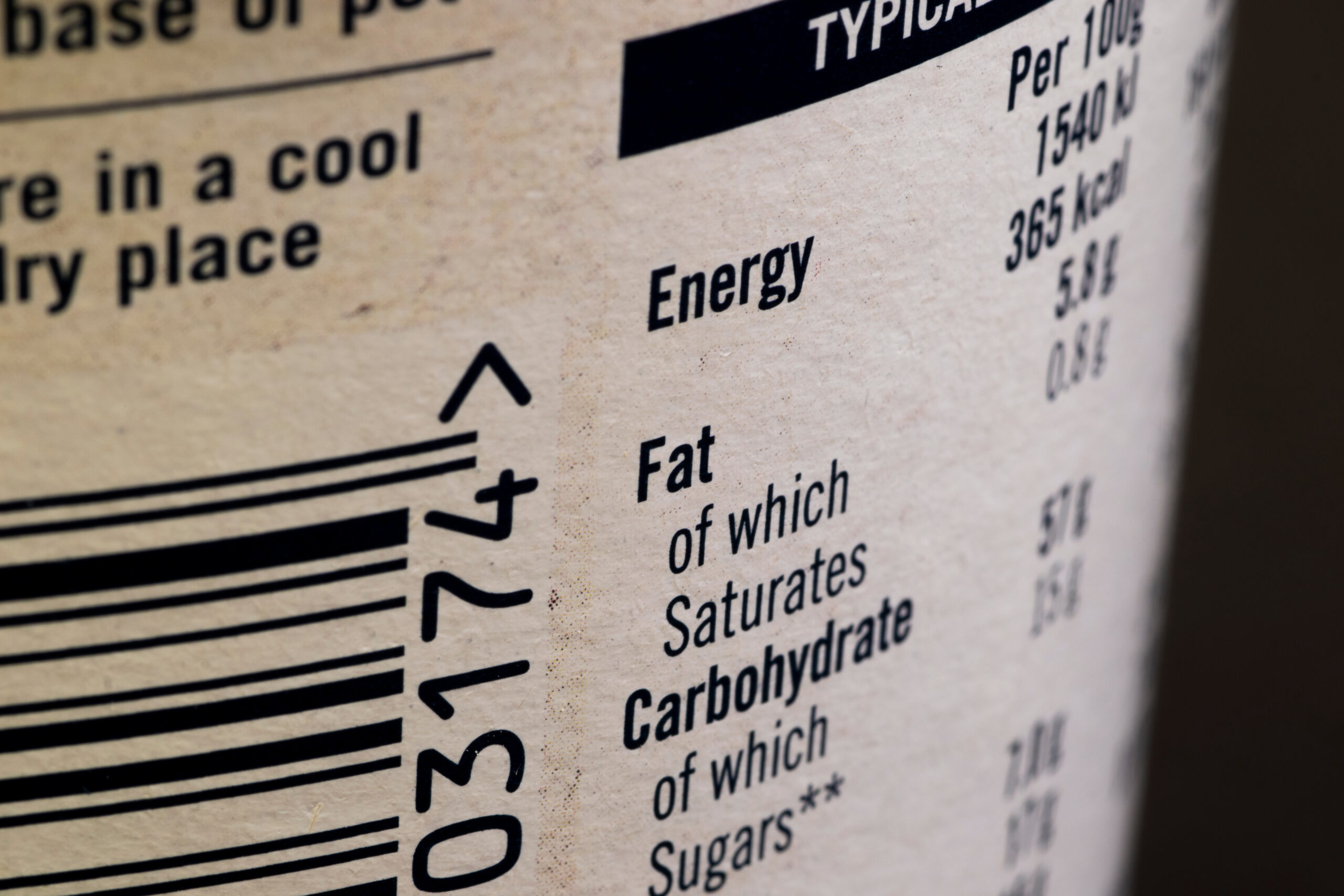The UK Government has set a target to cut carbon emissions by 78% by 2035 compared to 1990 levels, on its journey to net zero 2050. Achieving such deep reductions in carbon emissions will require behavioural changes from individuals. However, the onus should not be placed solely on the time-limited and sometimes captive consumer who has little knowledge of the production processes of goods and services. Businesses also have a moral duty to “greenify” their production processes.
Whilst the tug of war between corporate and individual responsibility needs to be corrected, individuals will still have a large role to play in mitigating climate change. Therefore, it is essential that individuals know which behavioural changes they should be striving towards. These “climate actions” must be empirically based, clear and practical solutions.
I fear that well-meaning, but misinformed, beliefs about effective climate action will remain in the public’s consciousness for a long time. In part, these misinformed beliefs are driven by the fact that our climate and conservation goals are not always aligned.
Take the case of the simple plastic bag. For any target we must consider the production, use and disposal of the product. The production process of a single-use plastic bag has the lowest carbon emissions of any bag; however it does not biodegrade and will eventually break down to join the millions of tonnes of microplastic in our ocean. On the other hand, a cotton bag must be used thousands of times to justify its carbon-intensive production process. Cotton also uses more herbicide than any other crop, which pollutes local waterways – but it is biodegradable. Something as simple as a shopping bag has many complex factors in determining its green credentials depending on which environmental outcome you focus on – carbon emissions; land, sea or waterway pollution; deforestation; and biodiversity loss, to name a few.
The humble plastic bag is no anomaly. Similar emissions versus pollution cost arguments can be made with bottles (glass or plastic), cars (electric or fossil fuel) or food (local or imported). As long as one environmental priority comes at the cost of another, I see no clear solution to this problem until a precedent is set for which targets we should prioritise. This should then be communicated in a coordinated and consistent way.
Putting these conflicting priorities aside for now and focussing on reducing carbon emissions, there still remains misinformation within specific aims and priorities. The graph below highlights the discrepancy between which actions individuals believe are the most effective at reducing carbon emissions, and which actions actually are the most effective. Could an information campaign be the answer?

Source: FT
Unfortunately, misinformation is incredibly difficult to correct. Some have tried to combat this with “Mythbusters”. These try to differentiate fact from fiction (see an example from the NHS below). However often the myths are recalled as facts and the corrections remain forgotten. To make matters worse, familiarity can be confused with recall (remembering a fact from memory). Thus misinformation should be removed as quickly as possible. Even mythbusters that focus only on affirming facts can be forgotten after a week. Furthermore, successful corrections can create generalised feelings of distrust, known as a “tainted truth” effect. When correcting misinformation it should also be succinct. Otherwise it runs the risk of backfire effects. These occur when misinformation appears simpler and easier to believe than the truth. Given all these complexities, correcting information or beliefs once they’re circulating is a herculean task. Preventative action is needed sooner than ever.

Source: NHS Liverpool CCG
If misinformation spreads so easily and is so stubborn to remove, prevention must be far better than cure. Information campaigns should focus on having less children, consuming less animal-based products, not owning a car and flying less. This is unlikely to be popular with the public, but we can take two approaches to increase behavioural change: implicit behavioural “nudges” or explicit information. Behavioural “nudges” are planned changes in the environment that cause systematic shifts in people’s behaviour. If you’ve walked into a supermarket today, received a reminder in the post or been offered a pastry with your morning coffee, you’ve experienced a nudge. These can easily be shifted to be more environmentally friendly, such as using email instead of postal reminders.
At an explicit level, we must appeal to both reason and emotion. Triggering someone’s emotions creates a connection and people are more likely to engage with the issue. For example, storytelling about individuals is far more effective than statistics at creating public engagement. Once they are engaged, you can use statistics or other evidence to show an overall pattern. This avoids the problem of the “faceless statistic” which disengages people. David Attenborough’s wildly popular documentaries provide an excellent example – often following both the struggle of a family, and their greater decline as a species.
We must define which targets we want to prioritise, identify which actions are the most efficient way to reach them and start a public education campaign. These actions have to be concrete, practical, and memorable (and the message repeated several times) if the campaign is to be effective. Correcting misinformation is extremely difficult as the corrections don’t spread as quickly as the original misinformation. Instead we should focus on prevention, making clear that these climate actions are backed by scientists and the government.
These campaigns must be formalised for teachers and included in the national curriculum. Fortunately there already exists a wide range of resources on how to do this. A dissemination plan for older audiences should be organised. This must include the risks of failure to act, climate actions and where to find further support. Media outlets, social media companies and large corporations could provide appropriate channels to disperse this information on a regular basis.
I believe we’re at the beginning of a huge cultural shift towards recognising the different environmental concerns and their own nuances. We must start this public information campaign before the momentum really takes off. The public and political will for climate and conservation action is slowly gaining traction… let’s nudge it in the right direction.
Jesse is currently undertaking work experience at Bright Blue. Views expressed in this article are those of the author, not necessarily those of Bright Blue. [Image: veeterzy]





